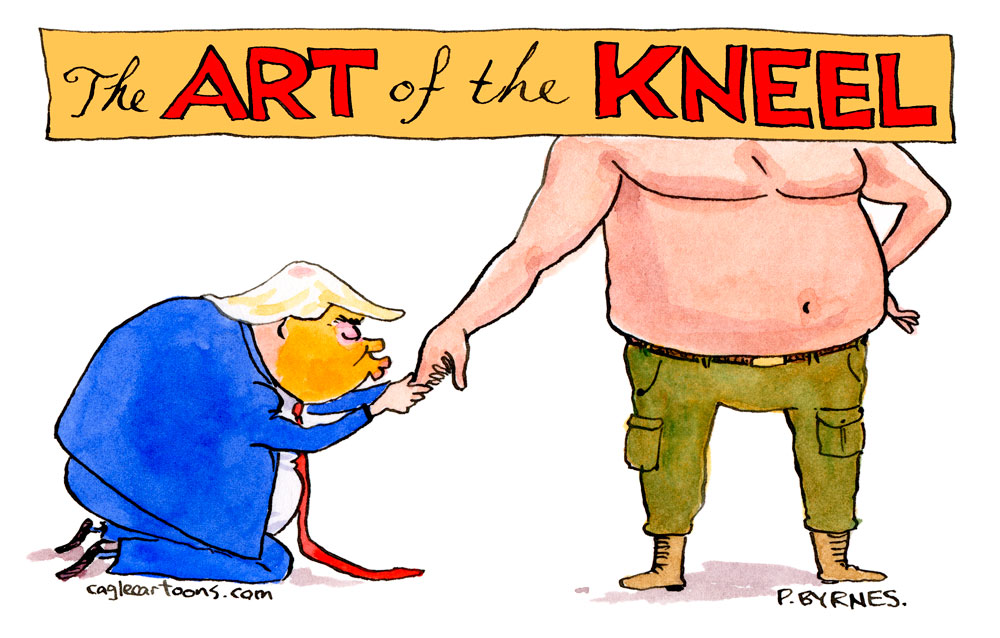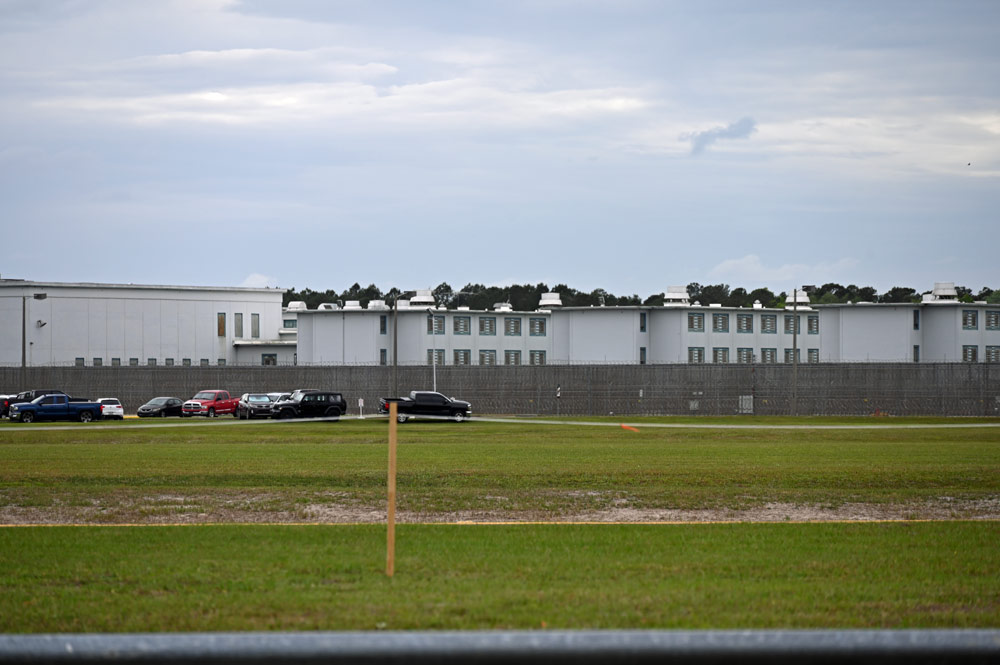Building has been beneficial. (FlaglerLive) While the unemployment rate in Flagler County stayed at 4.2 percent, as it was last month, the unemployment rate across Florida maintained steady at 3.7 percent in May after gradually increasing earlier in the year.
According to a data released by the Florida Department of Commerce on Friday, out of 11.2 million workers in the state, an estimated 414,000 were unemployed in May.
There are 2,339 unemployed people in Flagler County, which is roughly the same amount as last month but about 300 more than there were at this time last year. With only two dozen new hires, the work force remained unchanged at 55,625. The number of working-age individuals and families relocating to the county is indicated by the labor force. It hasn’t altered much in a year. 53,300 people in the county are employed. Even logging an hour of work during the survey weeks counts as a job.
The report was released after the Legislature adopted a budget for the fiscal year 2025–2026 late Monday, which includes increasing funding for a state rainy-day fund to prepare for future natural disasters or economic downturns.
However, Jimmy Heckman, chief of economic research and workforce statistics at the Department of Commerce, stated on Friday that there are no indications that the state economy is in danger.
In a conference call, Heckman informed reporters, “We’re still seeing, at least in Florida, an environment where there’s a lot of demand for workers.” The labor force that is looking for work may find it rather readily, and businesses have several reasons to hire new employees or grow.
By historical standards, the state’s unemployment rate is still quite low, according to Heckman.
In May 2024, the unemployment rate in Florida was 3.3%. It crept up to 3.7 percent this year from 3.4 percent in December. Last month, the national unemployment rate was 4.2%.
Although there were minor decreases in government and construction positions in May, employment in the majority of Florida’s economic sectors increased.
For instance, there was an increase of 3,600 workers in the wholesale commerce industry, 2,800 in the educational services sector, and 2,600 in the lodging and food services sector. The federal government lost 1,000 jobs, the state government lost 1,500, and the construction industry lost 400 jobs.
Although the labor force’s total size decreased by 4,000 in May, it was still 42,000 more than it was in May 2024. In May, there were 4,000 more people who met the criteria for unemployed, which was 44,000 more than the previous year.
The Miami-Fort Lauderdale-West Palm Beach metropolitan statistical area continued to have the lowest unemployment rate in the state in May, rising from 3 percent in April to 3.1 percent. The rate in the Miami-Miami-Beach-Kendall area was 2.7% within that region.
In the Orlando-Kissimmee-Sanford area, the May rate was 3.4 percent, while in the Crestview-Fort-Walton Beach-Destin area, it was 3.3 percent.
The Tampa-St. Petersburg-Clearwater and Panama City-Panama City Beach regions have 3.5 percent. The percentages for Jacksonville and Naples-Marco Island were 3.6%.
In the Palm Bay-Melbourne-Titusville and North Port-Bradenton-Sarasota regions, the rate was 3.7%. The metropolitan statistical regions of Cape Coral-Fort Myers, Pensacola-Ferry Pass-Brent, and Tallahassee were at 3.8 percent.
The Deltona-Daytona Beach-Ormond Beach area was at 4 percent, the Gainesville area was at 4.1 percent, and the Port St. Lucie area was at 3.9 percent.
The metropolitan statistical region that encompasses Wildwood and The Villages had the highest rate in the state, at 6%. In April, the region’s percentage was 6.3%.
May saw 5.2 percent in the Homosassa Springs area, 5 percent in the Sebring area, 4.4 percent in the Punta Gorda area, 4.3 percent in the Ocala and Lakeland-Winter Haven areas, and 4.2 percent in the Sebastian-Vero Beach area.
The metro rates are not seasonally adjusted, but the statewide rate is.
Jim Turner, FlaglerLive, and the Florida News Service
![]()











